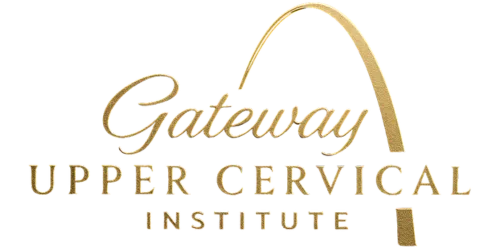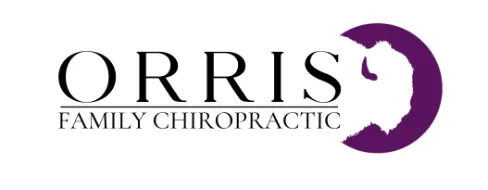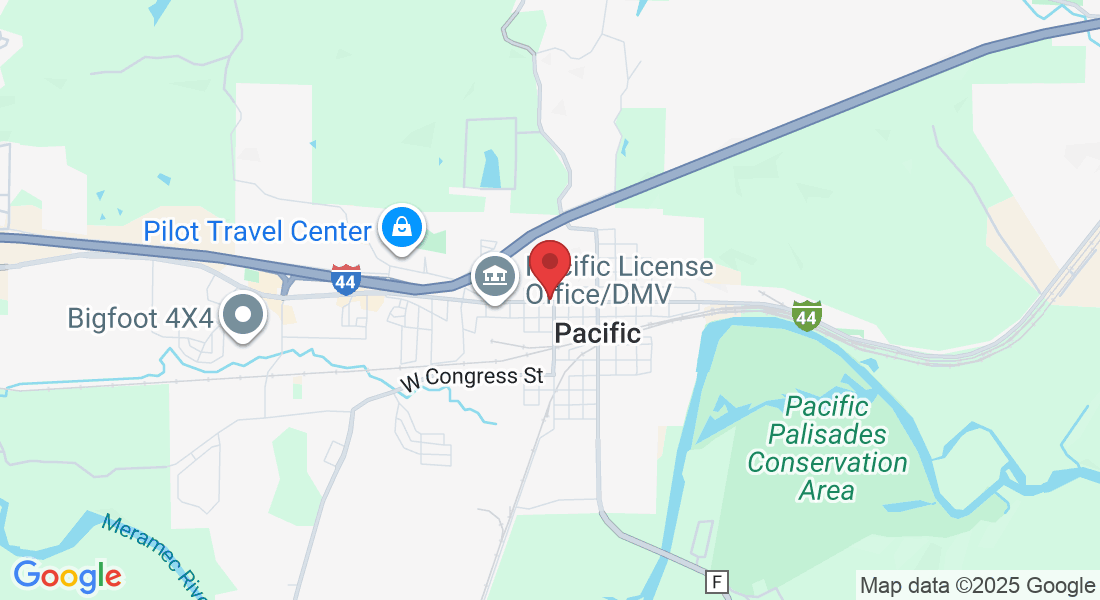POTS & Autonomic Imbalance
When standing up sends your body into chaos, restoring the head–neck connection can help the system find balance again.
POTS (Postural Orthostatic Tachycardia Syndrome) is a form of dysautonomia — a disorder of the autonomic nervous system.
It’s defined by an excessive increase in heart rate (30+ bpm) when moving from lying to standing, often accompanied by lightheadedness, fatigue, brain fog, palpitations, or even fainting.
Common Symptoms
Dizziness or tunnel vision upon standing
Rapid heartbeat or palpitations
Fatigue, weakness, or “crashing” after activity
Temperature intolerance or excessive sweating
Headaches, nausea, or mental fog
Anxiety-like sensations driven by physiology, not emotion
For many people, these symptoms seem to appear “out of nowhere” — yet often they begin after a head or neck injury, viral illness, or concussion, all of which can impact brainstem regulation.
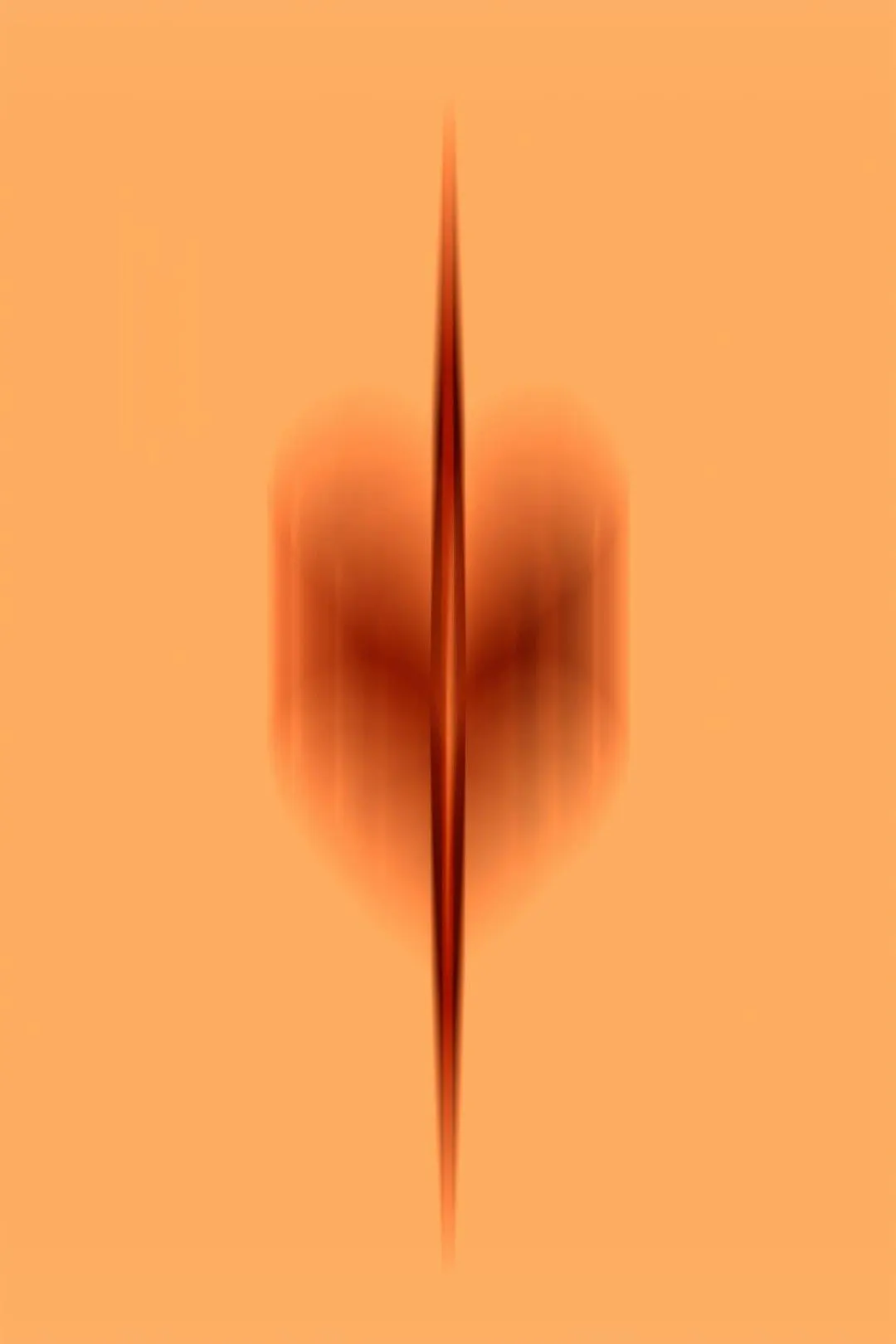
Why Upper Cervical Alignment Matters in POTS

The brainstem is the body’s main autonomic command center — it regulates heart rate, blood pressure, respiration, and blood vessel tone.
When the top of the neck (C1/C2) shifts out of its proper position, it can create subtle pressure or irritation that disrupts the brainstem’s ability to maintain autonomic balance.
This can contribute to:
Orthostatic intolerance — difficulty maintaining blood flow when upright.
Baroreceptor dysfunction — the brain’s “pressure sensors” misreading signals from the body.
Neurovascular changes — altered blood flow to the brain, leading to dizziness and fatigue.
Heightened sympathetic (fight-or-flight) activity — leaving the body feeling “on edge” even at rest.
By precisely restoring alignment, we aim to remove the neurological interference that keeps the autonomic system unstable — allowing the body to find its natural rhythm again.
How Upper Cervical Care Supports POTS Recovery
Precision Imaging identifies the exact angle and direction of upper neck misalignment.
Gentle Correction uses sound-wave-based adjustment — no twisting or popping — to realign C1/C2.
Autonomic Recalibration follows as pressure normalizes and balance is restored in heart rate, blood flow, and blood pressure control.
Progress Tracking includes both structural and functional changes — such as fewer dizzy episodes, steadier heart rate, improved energy, and mental clarity.
While upper cervical care is not a direct “cure” for POTS, it often helps the system regain stability and reduces the symptom intensity that limits daily life.
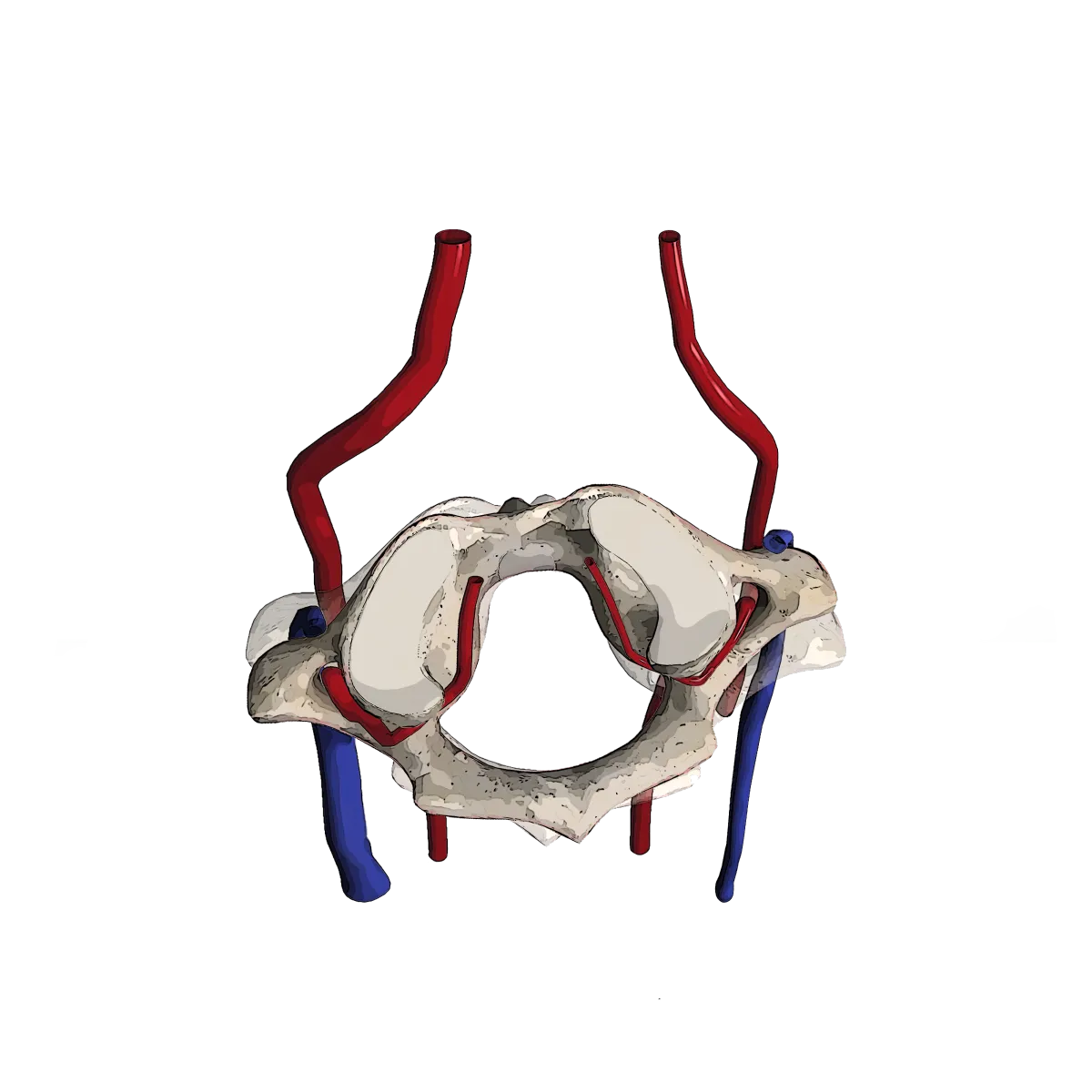
Let's take care of these issues!
What Makes Our Approach Different
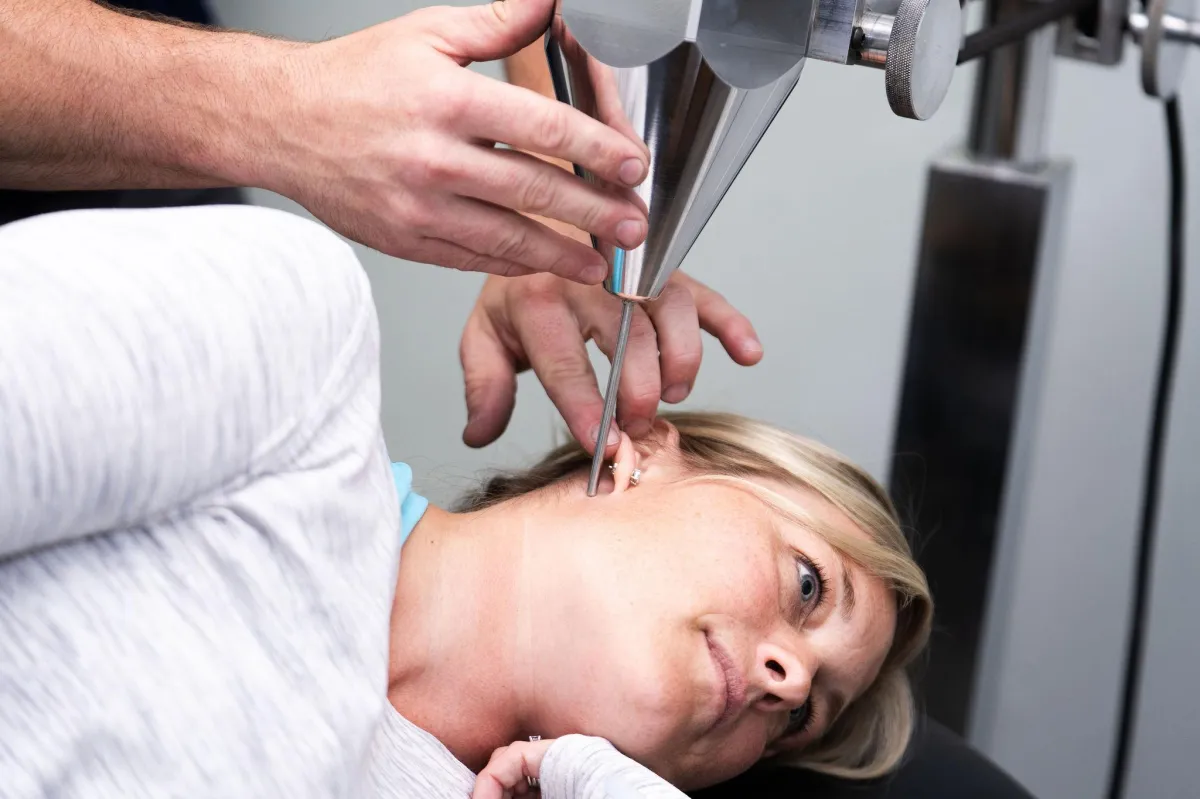
At Gateway Upper Cervical, we use a measurement-driven, Advanced Orthogonal approach designed to be gentle, reproducible, and long-lasting — no twisting, popping, or cracking.
The goal isn’t to move your neck a lot — it’s to move it precisely so it can hold.
Precision X-Rays
Advanced imaging to detect subtle misalignments other scans overlook.
Measurements customized to your exact anatomy.
Clear before-and-after comparisons to verify results.
Precision Correction
Calculated angle, vector, and depth based on your X-rays.
Gentle, sound-wave-based adjustment — no torque or forceful motion.
Designed for stability so your correction holds longer.
Precision Results
Verified improvement in alignment and balance.
Fewer headache days, less intensity, shorter duration.
Real-life outcomes: clearer focus, steadier energy, and more normal days.
Is This Right for You?
You may be a good candidate if you experience:
Dizziness or rapid heart rate when standing up
Brain fog, fatigue, or exercise intolerance
A history of concussion, neck injury, or whiplash before symptoms began
Overlapping conditions such as migraine, Ehlers-Danlos, or anxiety-like symptoms without a clear cause
Frustration with a “normal” workup that doesn’t explain why you still feel off
If you’ve tried medication, hydration therapy, or lifestyle changes and still struggle with the rollercoaster of symptoms, addressing the upper cervical connection may be the key to lasting improvement.

What to Expect At Gateway Upper Cervical Institute

Comprehensive Consult: We discuss your full symptom picture — not just your neck, but heart rate, dizziness, fatigue, and environmental triggers.
Precision Imaging: Specialized X-rays identify misalignments that can affect blood flow and brainstem communication.
Gentle Correction: Using Advanced Orthogonal upper cervical technique, we make a precise correction to the head–neck balance point.
Monitoring & Stability: We track how well your correction holds, while you track measurable progress in heart rate control, energy, and balance.
For out-of-town guests, we offer a one-week Intensive Care Program with on-campus lodging options.
We don’t just go by how you feel — we measure progress.
Symptoms ↓ — Less frequent, less intense, and shorter in duration.
Resilience ↑ — Fewer triggers, faster recovery.
Verified Change ✓ — Post-correction checks and imaging confirm improvement.
Frequently Asked Questions
Is upper cervical care safe if I’m sensitive to neck treatment?
Yes. Our method is extremely gentle and low-force — no twisting, popping, or cracking. In fact, with Advanced Orthogonal Technique, we use a very specific soundwave that is not even felt by the patient.
Will I need a lot of visits?
Not necessarily. The goal is to help your correction hold so you don’t need constant adjustments. Early on, we monitor more closely, then extend visits as you stabilize.
What if I’ve tried everything and nothing helped?
That’s exactly who we help most often... Even if you've seen other chiropractors. When the head-neck balance point is corrected precisely, people who’ve struggled for years often see real progress.
Do you coordinate with other providers?
Yes. We collaborate with primary care, neurology, PT, dental/TMJ, and vision/vestibular professionals to ensure a cohesive plan.
Is imaging always required?
Yes — precision is the point. Imaging allows us to calculate an exact, individualized correction that’s both gentle and effective.
Ready to get started?
If nothing else has helped, a precise upper cervical correction may be the missing link.
Let’s find out together.
This page is for informational purposes only and not a substitute for medical diagnosis or emergency care.
Get In Touch
Email: [email protected]
Address
Office: 409 West Osage, Pacific, MO 63069
Phone Number:
(636) 271-2960
Visit Our Parent Company:
